“Bradford stuck to me, I liked the city for being itself, and I liked the people for their openness. The city had a face and was not yet wearing the mask of the chain store—Mothercare, Tesco, etc.”
—Nick Hedges
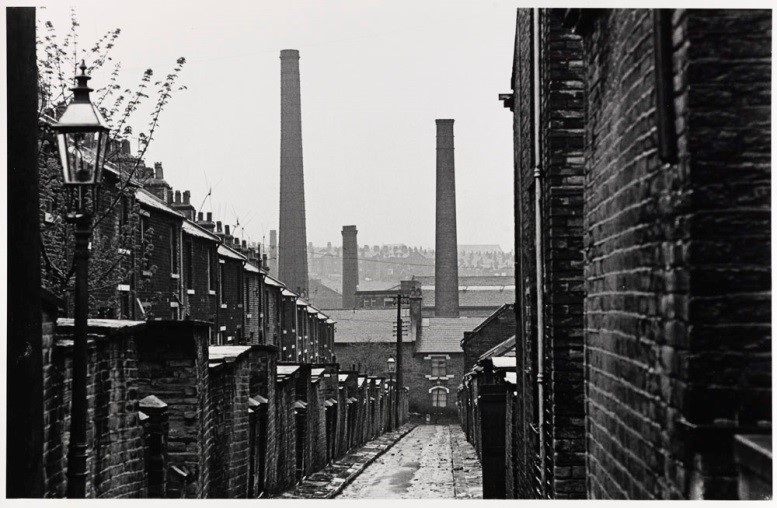
In the late 1960s, amid a housing crisis where 3 million people were still living in slums and houses deemed “unfit for habitation”, Shelter commissioned photographer Nick Hedges to document these substandard living conditions across Britain. Hedges’ images placed real people at the centre of the frame, emphasising the poor quality of life that the housing crisis was inflicting. These photographs were a driving force for change and used by Shelter in their campaigns to raise awareness of the realities of the housing crisis. Bradford was one of the cities that Hedges visited, sent by Shelter to do preliminary documentary work, capturing the city around 1970.
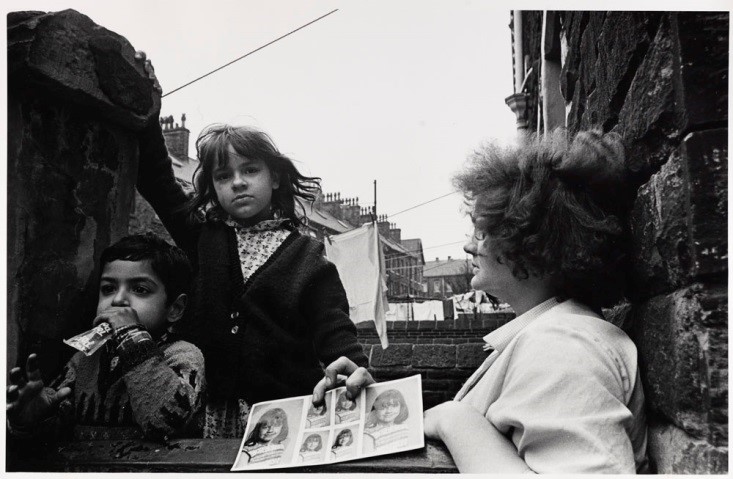
The Shelter Archive at the National Science and Media Museum contains almost 1,000 of these images from cities and rural areas across Britain as well as Hedges’ photographer’s notes from 1969 to 1970. Together these provide a detailed vision of the severity of the housing crisis at the time and the process of Hedges’ work as photographer.
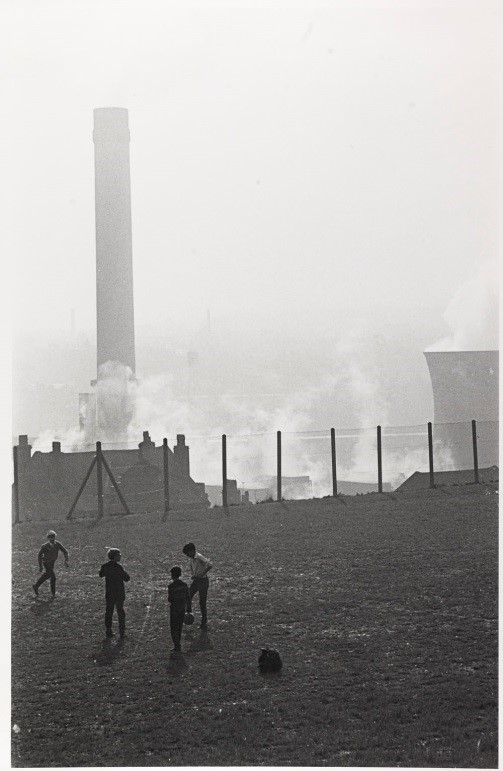
Nick Hedges first visited Bradford for Shelter in May 1969 and was met by rain, creating his first striking black and white images of, as he describes them, “a rain soaked street, the backyards with their slab covered outside lavatories and coal houses, and an alleyway glistening”. His photographs express the strong links between domestic life and industry, mothers pushing prams and children playing football against a skyline of factory chimneys. He also captures Bradford’s geography, with steep roads running down to the city centre.
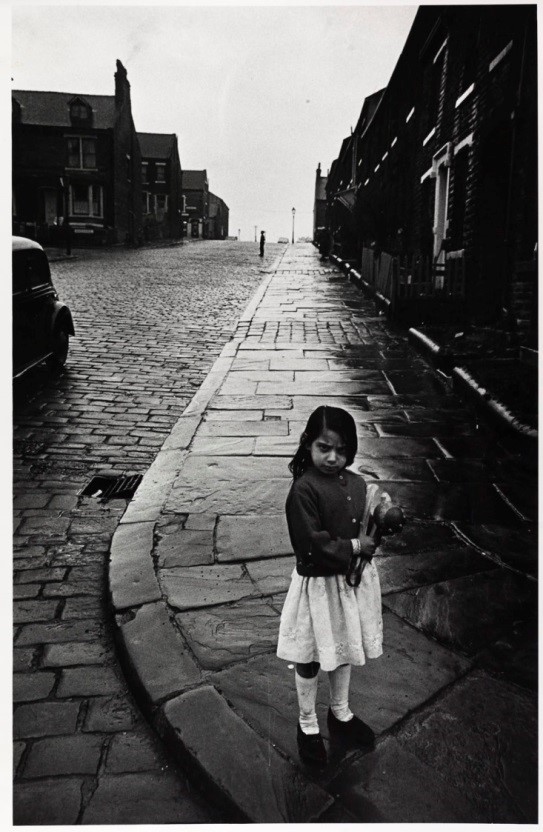
Hedges made notes about available housing in Bradford at the time writing how in “the Estate Agents window… many of the homes advertised were short-life and very cheap.” He was also invited into people’s homes. One house Hedges describes was “in very poor condition, paper peeling off the wall, the plaster pitted, the floor unsound. Everywhere the smell of damp, which caught in your throat. The kitchen was tiny, claustrophobic, festooned with drying clothes.” Hedges’ photography and notes also capture the human struggle of living in poor housing, observing how “there is a lot of love in this family and in many others like this family, but its not enough to protect children like Patrick or Catherine from the damage this environment can do to them.”
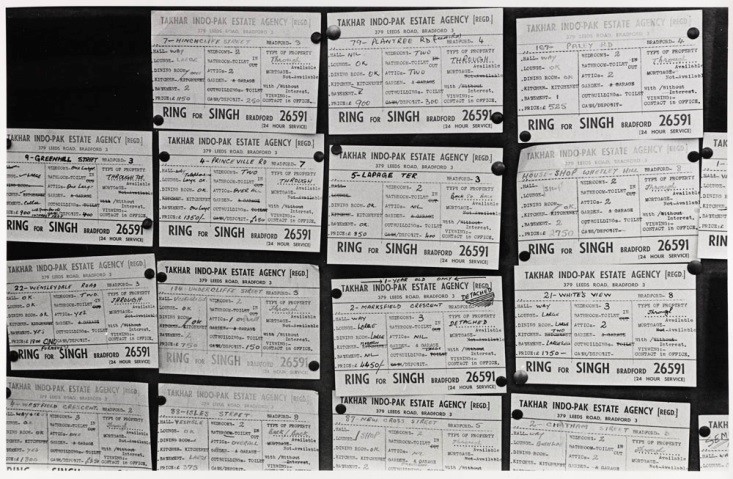
Shelter, the National Campaign for the Homeless, had been established in 1966 in response to the housing crisis across Britain. Its aims were to raise money for underfunded housing associations so that they could re-house families in need and to raise public awareness of homelessness and housing conditions. Nick Hedges’ documentary photography was an important part of this, taking the realities of life in slums to the masses. His photographs were used by Shelter in posters, booklets and reports to highlight the impact that poor housing and the lack of legal protection was having on quality of life.
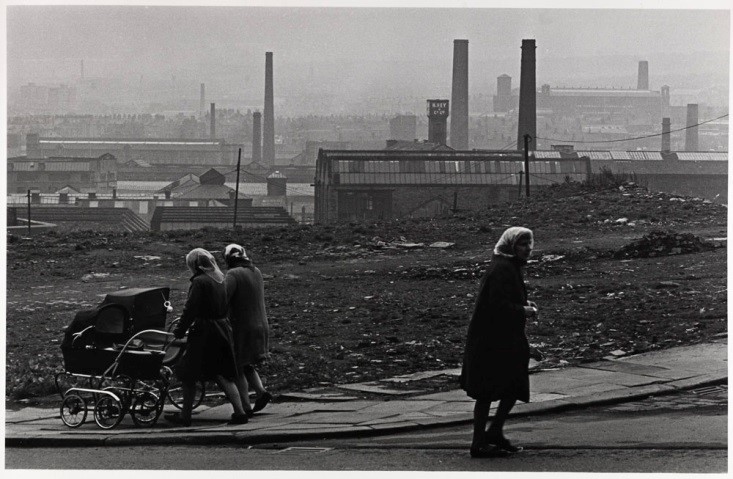
The Shelter Archive of photographs by Nick Hedges documents housing conditions from 1969–1972 in cities ranging from Bradford, Leeds, and Sheffield to Glasgow and London, as well as what life was like living in rural areas in Wales and English counties such as Herefordshire.
The archive is available to view by appointment in our research and collections facility, Insight.
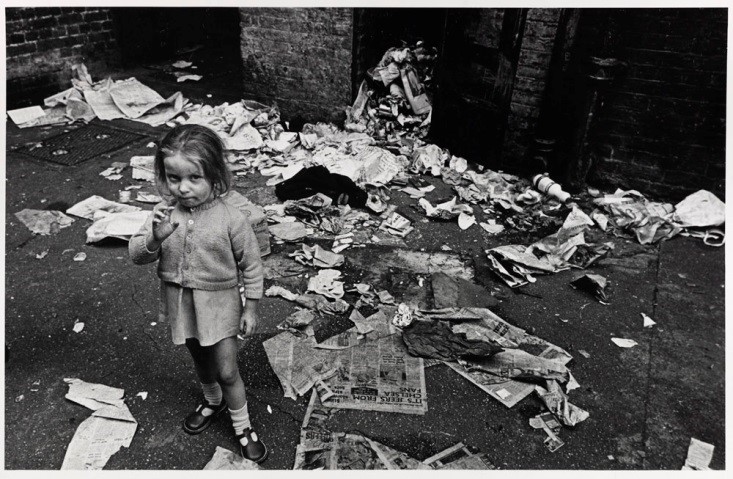
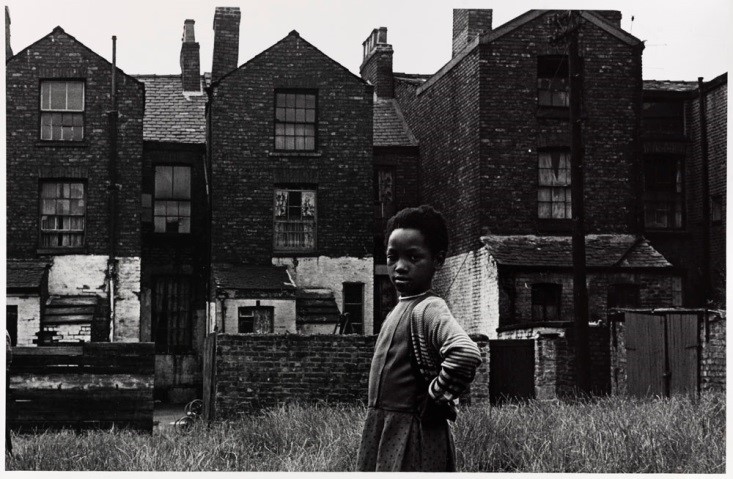
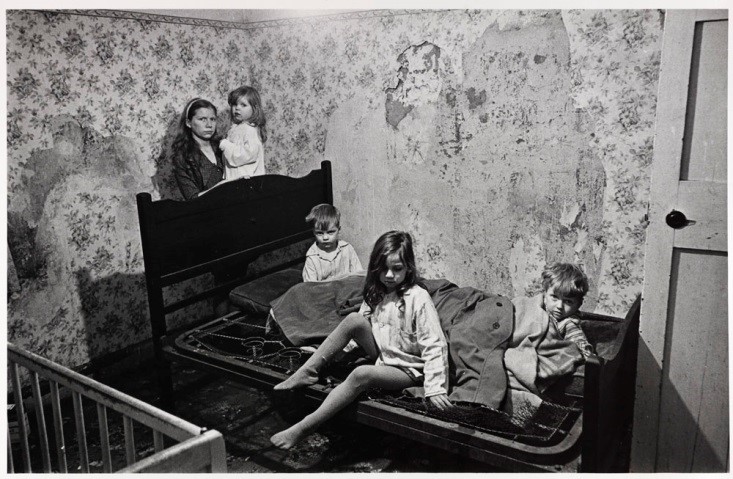
Do you recognise anyone in these images? Contact Shelter to identify the people whose lives Nick Hedges captured 50 years ago.
Very interesting, good to see the archive being made accessible. We would love to view these images
Hello Lynn and Graham,
Thank you for your comment. Any member of the public can book an appointment to view our collections in Insight, our collections and research centre. Please do not hesitate to send us a message at research@scienceandmediamuseum.org.uk if you would like to do so.
Best wishes,
Zoe